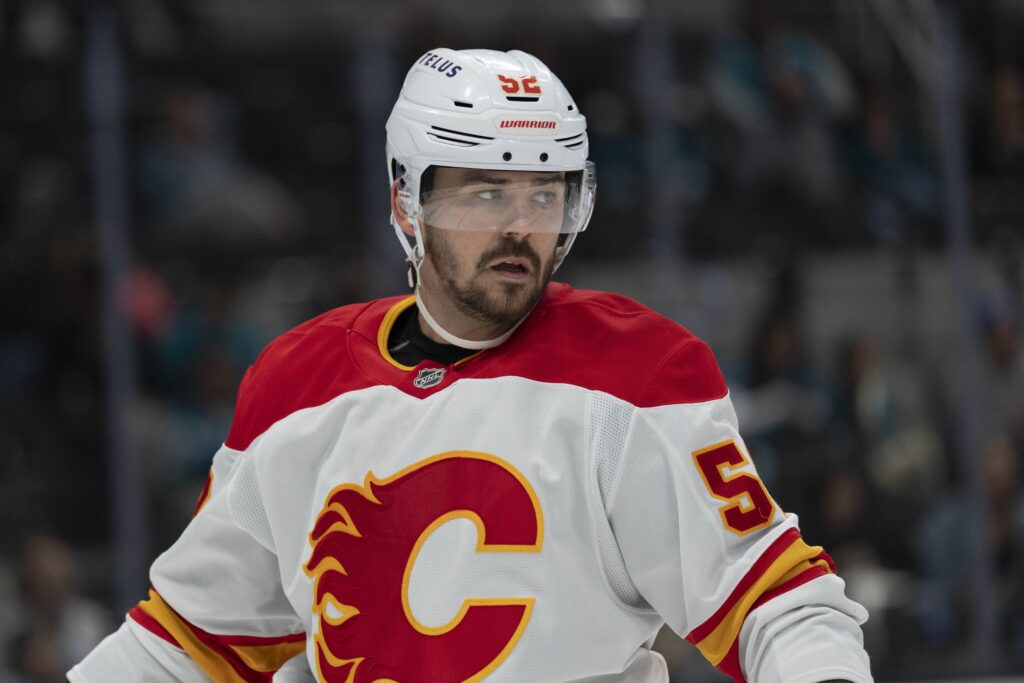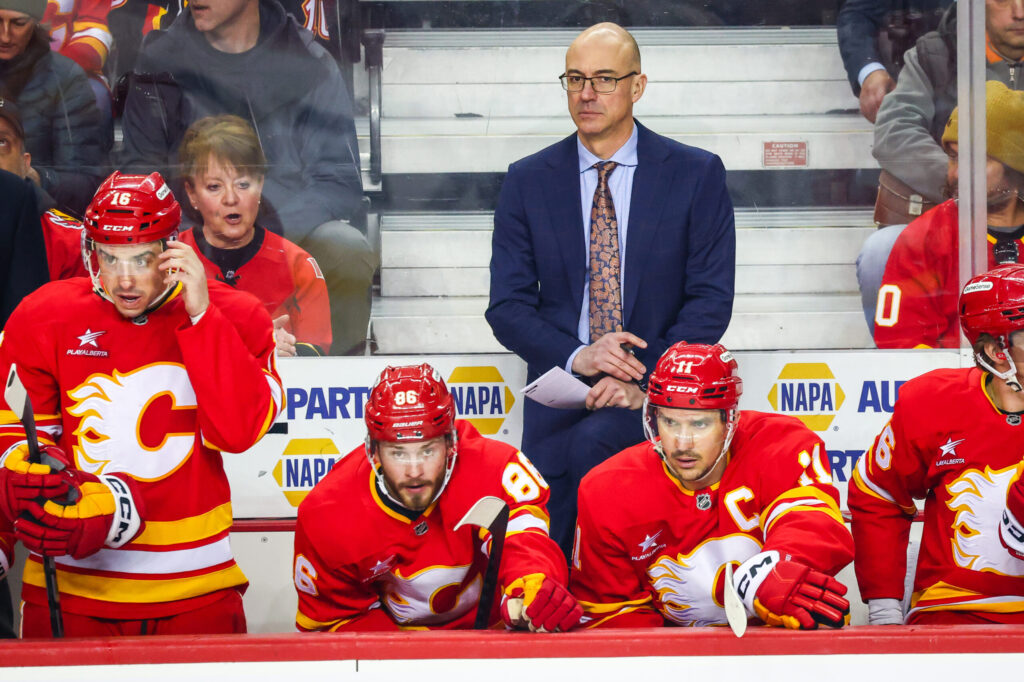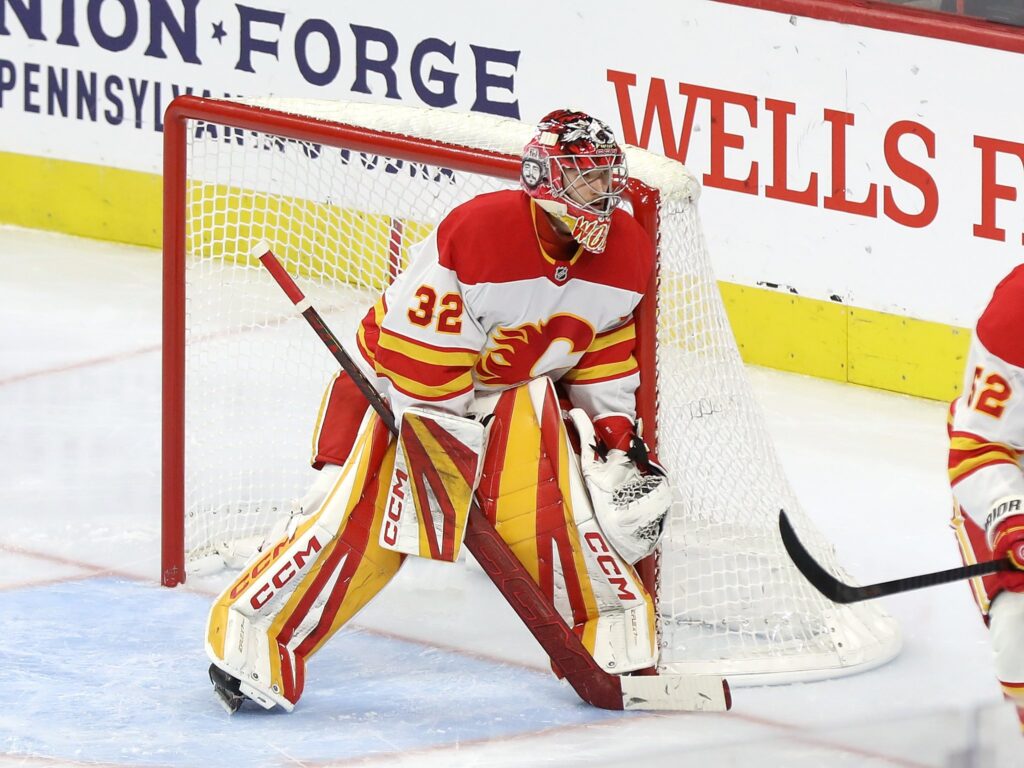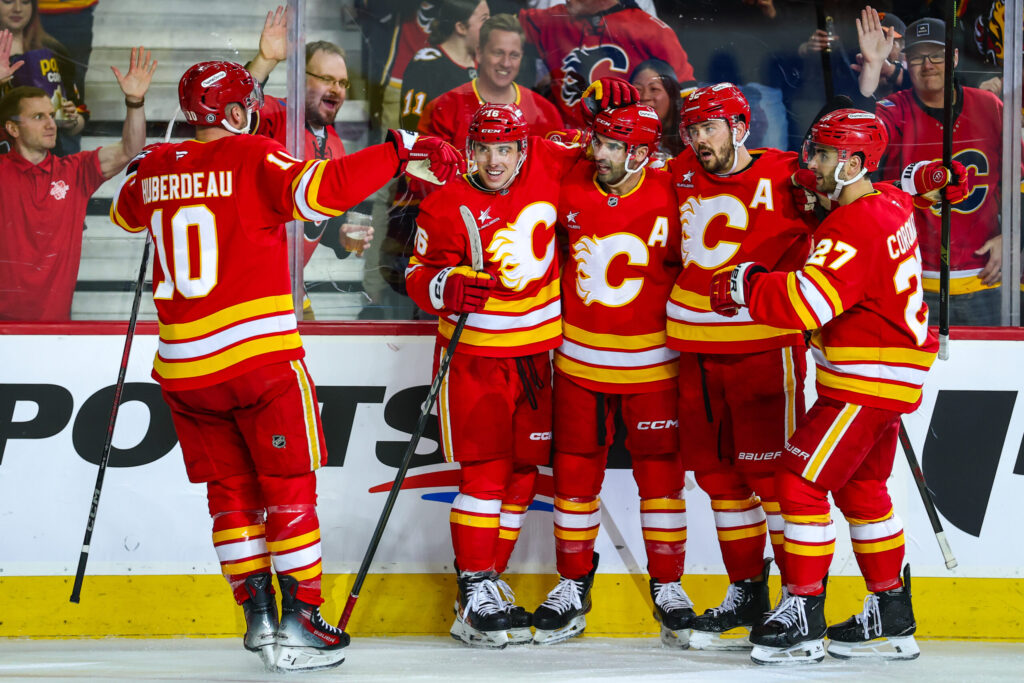In the world of professional sports, narratives are currency. There’s the Cinderella story, the dynasty, the rebuild, and the perennially-overlooked underdog. For the past few seasons, the Calgary Flames have been firmly entrenched in that last category. They’ve been the team circled on the calendar as a potential trap game, the scrappy bunch you can’t sleep on, but never the one circled as a legitimate threat.
After a 2024-25 campaign that saw them in the playoff hunt until the penultimate game, shattering all external predictions, that narrative is facing a seismic shift. The Flames are no longer the league’s plucky secret. They are a team with a clear internal mandate, a newly paid young core, and a target squarely on their back. The question heading into the 2025-26 season is no longer, “Could they surprise some people?” but rather, “Can they handle the weight of their own success?”
Also on the EDGE – Flames Training Camp: Can Youth and a Star Goalie Navigate a Season of Uncertainty?
Fueling the Fire with Familiar Disrespect
For the veterans in the Flames’ locker room, being written off before puck drop in October is as much a part of the fall ritual as crisp air and new skates. Players like MacKenzie Weegar and Blake Coleman have built careers thriving in environments where expectations were low and the will to prove people wrong was high. It’s a comfortable, motivating space for them.

“We’ve always had a chip on our shoulder to prove people wrong,” Weegar has noted, a sentiment that has become the unofficial motto of this Flames iteration. The team doesn’t just tolerate the modest external predictions; they actively metabolize them into fuel. There’s a palpable sense of enjoyment in upending the league’s established hierarchy. As Coleman puts it, it’s “fun to make people put their foot in their mouth a little bit.”
This mindset was the engine behind last season’s improbable run. While pundits and analysts focused on what the team had lost, the players in the room focused on what they could build. That collective chip on their shoulder is a powerful intangible, an asset that doesn’t show up on any cap sheet but manifests in crucial third-period backchecks and a willingness to block shots. They’ve learned to love being the underdog. The problem is, they may not be the underdog anymore.
Inside the Room: The Playoff Mandate
While the outside world debates Calgary’s ceiling, the message from the front office is crystal clear. Third-year General Manager Craig Conroy has laid down the law: the goal is to make the playoffs. This isn’t a hopeful aspiration; it’s the new standard, the organizational mandate.
That directive is built on the rock-solid foundation of belief forged in the final, frantic month of last season. The Flames’ blistering finish, which saw them perform as the league’s fourth-best team down the stretch, wasn’t a fluke; it was a proof of concept. It instilled a deep-seated confidence in the group, particularly among the ascendant young core that is now taking the reins.
The players are “riding high” from that experience, not with arrogance, but with the quiet assurance that comes from having stared down pressure and nearly succeeded. They now know what it takes to compete on a nightly basis in the NHL. Young forward Matthew Coronato, fresh off signing a significant extension, exudes the confidence now rippling through the dressing room. “We know a lot of guys are going to do great things,” he stated, reflecting a group that has stopped listening to the outside noise and is fully invested in their own potential. They believe they are a playoff team. Now, they have to go out and prove it.
The Element of Surprise is Gone
Herein lies the primary challenge for the 2025-26 Flames. The very success that bred their internal confidence has also stripped them of their greatest tactical advantage: the element of surprise.
Head Coach Ryan Huska has been vocal about this new reality, explicitly warning his team that their days of being taken lightly are over. The Flames will no longer catch an opponent on an “off-night” or benefit from a rival looking ahead to their next game. Calgary is now a circled date, a team that opponents will game-plan for with diligence. The hunter has officially become the hunted.

Huska has challenged his squad to find “another level” to their game, astutely recognizing that the performance that got them to the 81st game of the playoff race last season won’t be enough to get them over the hump this year. The league adjusts. Opponents adapt. Complacency is the enemy of progress.
The coaching staff and players are rightfully proud of what they accomplished, but they understand the brutal truth of the NHL: you have to prove yourself all over again, every single night. As Huska put it, it’s time to “shut the door on it” and start from scratch. Last year’s momentum provides confidence, not points in the standings.
Heavy is the Head That Wears the Crown (and the Contract)
The other major challenge facing the Flames is the new weight of expectation resting on their young, and now very well-compensated, cornerstones. Leading that charge is goaltender Dustin Wolf.

After a brilliant Calder Trophy-finalist season, Wolf is no longer just the promising goalie of the future; he is the undisputed foundational player of the franchise. The organization backed up that belief with a colossal seven-year, $52.5 million contract extension. While the $7.5 million AAV doesn’t kick in until 2026-27, the psychological weight of that deal begins now. Wolf is the “go-to guy,” the man expected to steal games and be the backbone of the team every time he steps on the ice.
The challenge for Wolf is immense. He must prove that his breakout season is his new normal, not an outlier. Goaltending is notoriously volatile; even the league’s best can have down years. Sustaining that elite level of play under the microscope of a franchise-altering contract will be the defining test of his young career.
Of course, he can’t do it alone. A critical challenge for Conroy and the front office is to continue fortifying the team in front of him. You can’t pay a goalie that kind of money only to have him face a 40-shot barrage every night. The blue line, in particular, needs to be rounded out to provide a defensive structure that doesn’t leave Wolf “under siege.”
That pressure extends to other young players like Coronato, who will now be expected to consistently produce at a level commensurate with his new $6.5 million AAV. The “potential” phase of their careers is over. This is the “production” phase, where performance is measured against dollar signs.
Navigating the Gauntlet
Ultimately, the Flames’ fate will be decided by their ability to navigate the relentless grind of the NHL. The young players learned a harsh lesson last season: making the playoffs is brutally difficult. It comes down to winning the one-goal games, finding a way on the second night of a back-to-back, and executing in the final minutes of a tied game in February.
To fulfill their playoff mandate, the Flames will have to embrace the identity they forged last year as one of the “hardest-working teams” in the league. Their margin for error is slim. They have the internal belief, they have the motivation born from years of being overlooked, and they have the pain of last year’s near-miss to draw upon.
Also on the EDGE – Can Calgary’s Kids Drag the Flames Back to the Playoffs?
The stage is set. The Flames have moved beyond the rebuild and have established an identity. But now comes the hardest part: turning potential into points, turning belief into a playoff berth, and proving to the league, and more importantly to themselves, that they are ready to take the next step.
Created with the aid of Gemini AI
